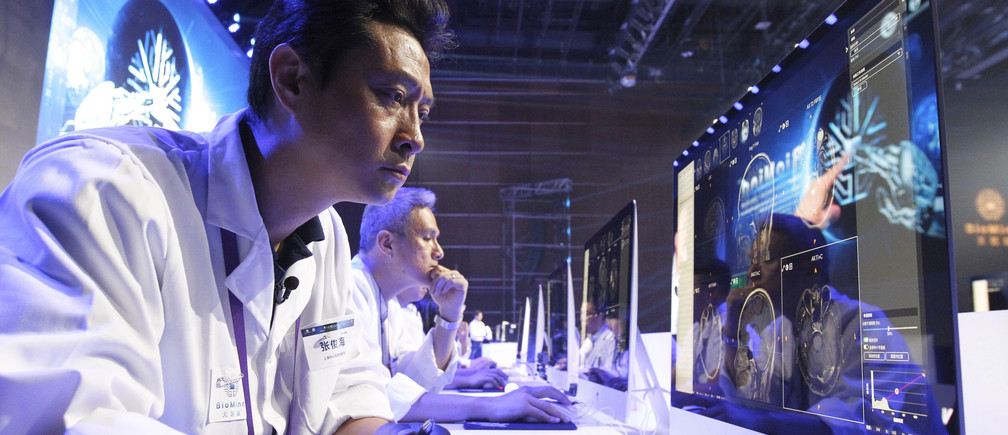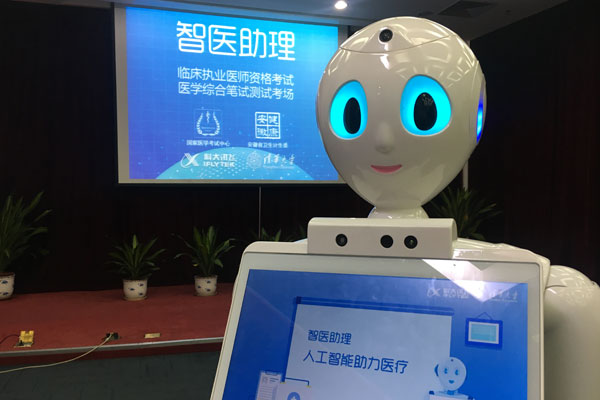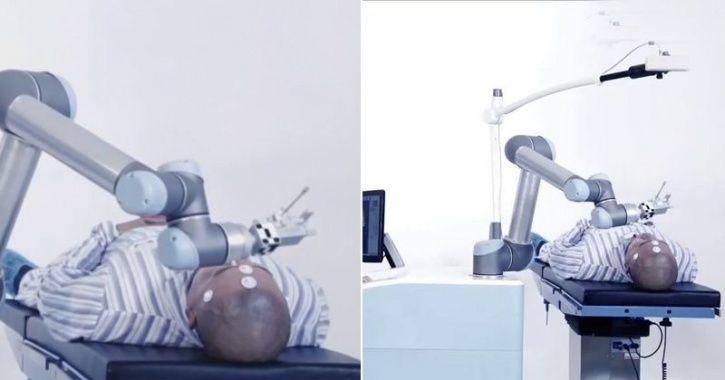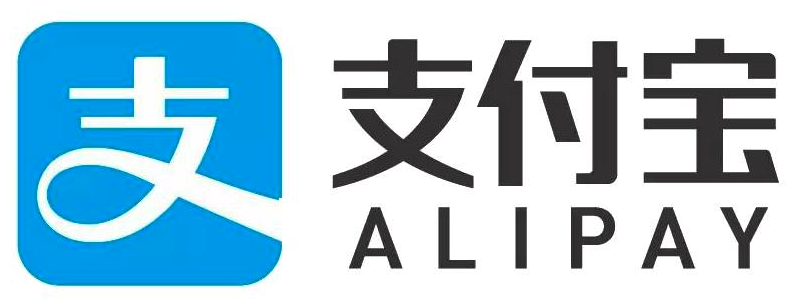Early last year, a novel coronavirus emerged in the city of Wuhan in China’s Hubei Province. As China grappled with containing the virus now known as COVID-19, the rest of the world watched how one of the world’s largest economies would fight off the pneumonia-like illness – China did not disappoint.
With rapid genome sequencing and open-access data sharing, Chinese scientists were able to release the genetic sequence of the coronavirus in as fast as 10 days after the first reported cases in Wuhan. Agile containment measures were put in place, two dedicated hospitals were built in 10 days, and giant phone apps like AliPay and WeChat were used to enforce restrictions.
Today, Wuhan celebrates its liberation as Chinese authorities lifted its 76-day lockdown. COVID-19 cases have dwindled and life in China is slowly returning to normal.
What advances in medical technology did China use to succeed in controlling the COVID-19 outbreak? How can other countries learn from China?
If you would like to pursue medical studies in China, Shantou Medical University College (SUMC) is one of the leading medical schools in China offering the MBBS program. Start your MBBS application at SUMC with China Admissions.
5 Technological Developments Utilized in China’s Healthcare System
1. Artificial intelligence
China is poised to become the global leader in technology, and its use of artificial intelligence in healthcare has been a major game-changer. Technology giant, Tencent, in particular, started integrating AI in diagnostics and imaging technology.
What’s even more impressive is that robots are now being used in China to perform minor to major surgeries.
China’s first neurosurgery robot named Remebot has done more than 17 minor invasive surgeries in 2019. Another brilliant robot named Xiaoyi (means little doctor) officially passed China’s medical board exam with a grade of 96/456. According to Chinese developers, Xiaoyi has the ability to learn, reason and comprehend.
Artificial intelligence is a welcome addition to the healthcare community in China because it eases the burden of overworked staff and ensures efficient health care delivery.
2. Telemedicine
As COVID-19 spread in China, people steered clear of hospitals and clinics for fear of contracting the virus. However, millions of Chinese citizens were still provided excellent clinical services at the comfort of their homes through China’s advanced telemedicine technology.
JD.com’s health subsidiary, JD Health saw an increase in monthly consultations by tenfold since the coronavirus outbreak started. Through telemedicine, doctors can do consultations via messaging apps such as WeChat, where patients can send images of their symptoms, test results and even purchase their drug prescriptions.

3. “Smart” hospitals
Smart or cloud-based hospitals is a relatively new development in Chinese healthcare, but it has already made a big impact in hospital service. In 2015, China’s first cloud-based hospital, the Ningbo Cloud Hospital was founded and in 2019, the Ping An Good Doctor was launched.
These cloud-based hospitals serve as a unified digital platform where partner hospitals, clinics and doctors can access patient data and facilitate information exchange in real time. Cloud-based hospitals also make it easier for Chinese citizens to set appointments, obtain referrals, schedule follow-up check ups and get treated.

4. 5G-powered medical machinery
In 2019, a surgeon at the Beijing Jishuitan Hospital conducted three surgeries simultaneously from different locations using 5G-operated medical machinery. The simultaneous surgeries were the first of its kind in the world.
5G-powered machinery in the medical filed is pre-designed to complete tasks with human guidance. This healthcare technology aims to improve the quality of patient care in China’s remote areas and address the problem of unequal distribution of specialists in some parts of China.
5. Cashless hospital payments
In 2014, Beijing started an initiative where patients can pay for their medical bills in messaging apps such as WeChat and AliPay. Today, the majority of hospitals in Beijing and other parts of China are accepting mobile payments. Knock on wood, if you happen to tumble on your bike, you never have to worry that you forgot to bring your wallet.
Study MBBS at Shantou University Medical College (SUMC)
Grab the opportunity to experience the most advanced medical ecosystem in the world by enrolling in the MBBS program at one of the best medical colleges in China – Shantou University Medical College (SUMC).
Students have the option to take the MBBS program at SUMC in English or Chinese. SUMC’s students have achieved a pass rate of 93-98% in the United States Medical Licensing Examination (USMLE) exams in the past years. The medical school’s international graduates gain their residency positions in the USA, Thailand and Malaysia.
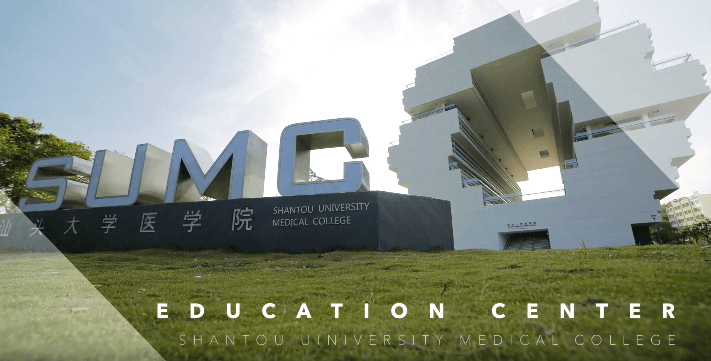
SUMC is recognized worldwide and the MBBS program is offered at an affordable rate. It is 70% cheaper than in the U.S. or U.K. Living expenses are also low, which makes it economical for international students.
Learn more about the MBBS program at SUMC here.
Apply for the MBBS Program at SUMC
Please complete the form below.
- Shantou University Medical College (SUMC) MBBS Application Guide 2025 - April 24, 2025
- Top 10 Ranked Chinese Universities - January 10, 2025
- China Scholarships – The 2025 Guide for International Students - December 30, 2024
